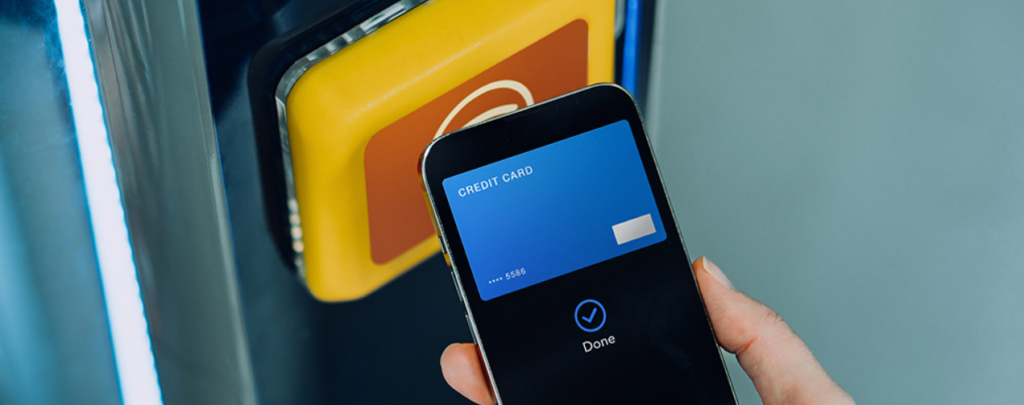Cash has been a cornerstone of human transactions for over 3,000 years, with early forms like shells paving the way for modern coins and notes. However, the rise of electronic payments in developed nations marks a significant shift in how we handle money.
A recent study by researchers from the University of Adelaide and the University of Melbourne in Australia has found that cashless payments lead to increased spending. The team conducted a meta-analysis of 71 previously published papers, examining spending habits across 17 different countries.

The study suggests that tapping a phone or card on a terminal makes consumers less strict with their budgets compared to using physical cash. This phenomenon likely occurs because electronic payments lack the physical representation of money, making it easier to lose track of spending.
“To prevent spending more than planned, we recommend consumers carry cash instead of cards whenever they can, as it acts as a self-control method,” says marketing researcher Lachlan Schomburgk from the University of Adelaide. He explains that the act of physically counting and handing over notes and coins makes spending more tangible and salient.
The difference in spending between cash and cashless methods was found to be “small, but significant.” The effect was more pronounced for “conspicuous consumption” – purchases that signal status, such as luxury clothing and jewellery. This link, although noted before, had never been analyzed across so many experiments and interactions.
Interestingly, the study also found that payments for donations or tips were relatively unaffected by the payment method. Whether using cash or a cashless method, the amount given remained consistent. “Against our expectations, we found that cashless payments do not necessarily lead to greater tips or donations, in comparison to cash,” says Schomburgk.

A positive economic environment was linked to a greater cashless effect, although this influence decreased slightly over time. Conversely, inflation levels did not appear to impact cash versus cashless spending behaviour in the collected data.
The study noted that the cashless effect has weakened over time, suggesting that as cashless payment methods become more common, their impact on spending decreases. This habituation effect is expected to grow as society continues to move towards a cashless economy.
The researchers aim to extend their study to include recent trends in spending and emerging payment technologies, such as cryptocurrencies and buy-now-pay-later services. They are also interested in exploring whether different types of cashless spending, like credit cards versus Google Pay or Apple Pay, have varying effects on consumer behaviour.
“The transition towards a cashless society seems almost inevitable. I believe this research is crucial because it shines a light on an overlooked aspect of this transition: how payment methods influence our spending behaviour,” says Schomburgk. “This understanding can help empower us to make more informed purchasing decisions.”
The research has been published in the Journal of Retailing.





